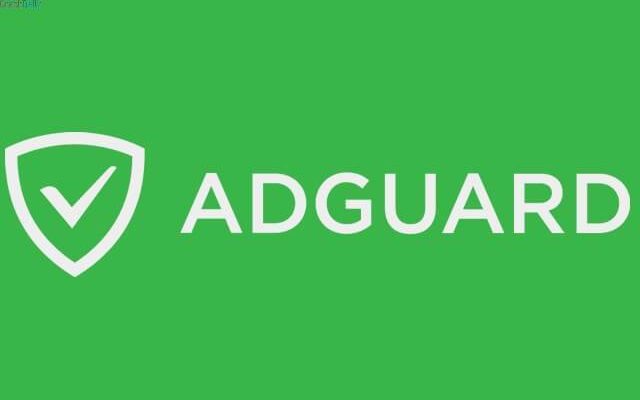

Note: you can use the df command on the router CLI to check the space on your / directory. With just Adguard installed on my ERX with series 1.x firmware I stand at nearly 80% usage with no logs! It is highly suggested you do the same and if you have previously installed Adguard without doing this it's best to clear the logs. Obviously this can cause all kinds of issues, so I've added this section as a remedy. in my case.Įdited on May 14 2021: On two occasions I managed to fill the usable space on my Edgerouter device to 100%. You can return to the AdGuard web interface by going to your router ip with the port you selected. NOTE: If you're using a different Ubiquiti model you might need a different build architecture than used below.Įnter fullscreen mode Exit fullscreen modeĭocumentation of the other command switches can be found here if needed.Įverything should be now be installed and running. Grab the binary package for Edgerouter X (linux mipsle Softfloat) with the command below. We are going to install the package in our home folder for simplicity. Login to your routers command line interface, via ssh or the CLI button in the web interface. Add an option with port=5353 as the value and apply changes. Login to your edgerouter web interface, go to the config tree tab then click service -> dns -> forwarding. Here I'm using port 5353 but you can use whatever you want, just remember it for the later steps. This is because we will be running the AdGuard Home service on 53 once installed. We need to change the dnsmasq port number to listen on something other than the default 53.

Doing this will also make the Adguard Dashboard easier to read as it will display local client names in addition to IP addresses. If you want local name resolution on your lan then change over from the default DHCPD setup to dnsmasq. using DHCP for IP assignment (including DNS server assignment).using dnsmasq instead of the default DHCPD daemon (for local hostname resolution on my lan).My setup is probably different than your's so substitute settings where needed. If the edgerouter goes down, the internet will be down anyway so it's a non-issue. In doing this, I reduce the need for extra hardware and remove a point of failure. I have since moved to Adguard Home and offloaded this task to my Ubiquiti Edgerouter X. Running it this way creates another point of failure, if the Pi goes down so does access to the internet. My pihole ran on a seperate Raspberry Pi board but I never liked this solution, keeping the Pi running just to act as a DNS resolver and blocker. I used to run a pihole on my home network but recently moved to Adguard Home for simplicity.


 0 kommentar(er)
0 kommentar(er)
